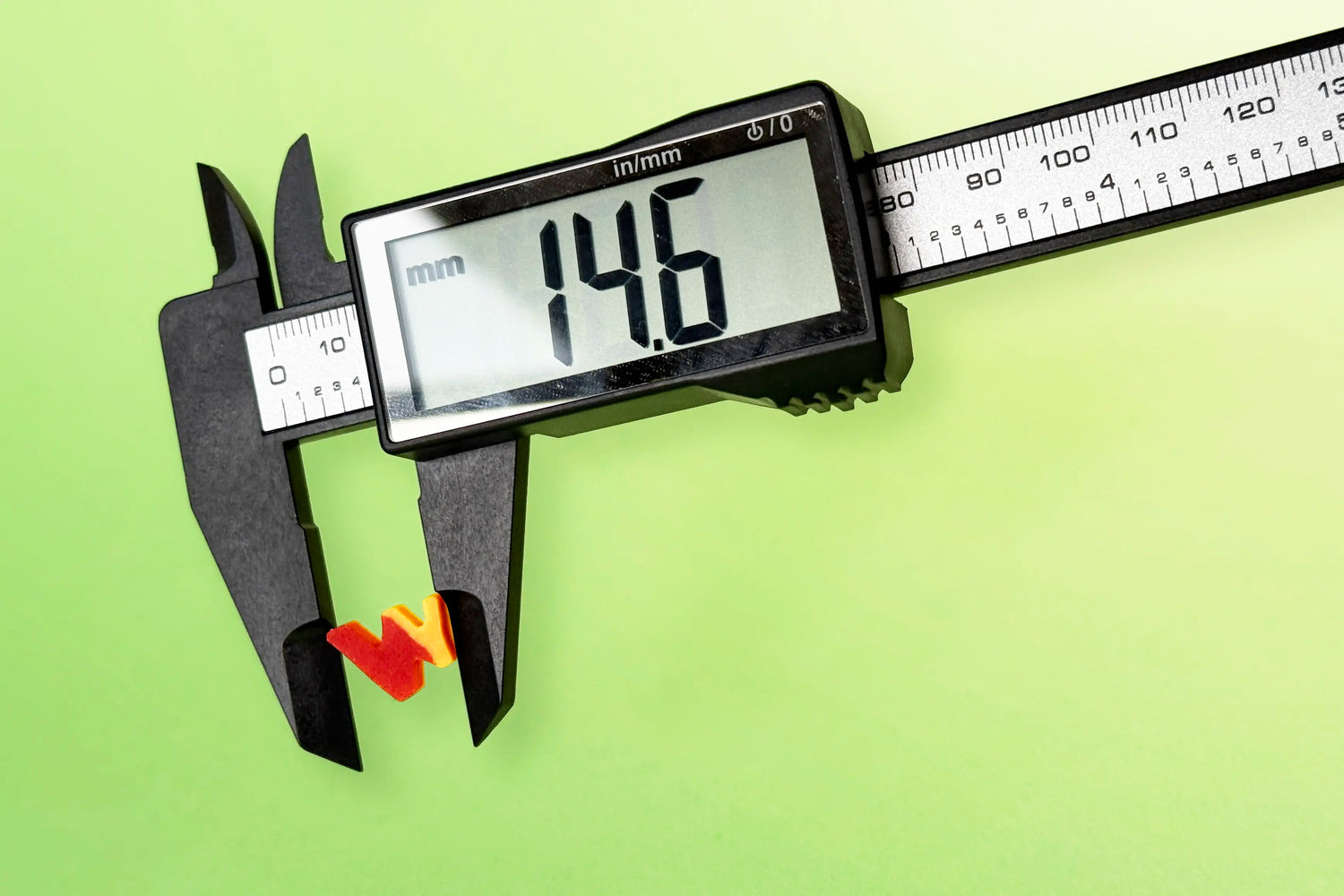More Than a Tiny Snack
Our small rewards may only measure around 14mm wide, but they punch far above their size. Hard. Angular. Built with intention. That firmness isn’t an accident — it’s the secret to why they feel like a proper treat instead of a crumb.
The Power of the Bite
Dogs aren’t just swallowing machines. They enjoy the — the crunch, the chew, the satisfaction of something that lasts more than a blink. A flimsy soft treat disappears too fast. A firm, angular bite delivers a bigger pay-off in the dog’s mind.
Designed With Purpose
- 14mm size. Small enough to train with, big enough to feel significant.
- Hard texture. Slows down the gobblers, extends chewing time.
- Angular shape. Not round, not bone-shaped — those sharp edges make it feel different in the mouth.
- Satiety signal. The resistance of a proper bite tells the brain “you’ve had something worth it.”
-
Practical for training. Holds its shape in your pocket, no greasy mess, no crumbling dust.
What the Science Says
- Texture drives preference. Studies show dogs respond strongly to firm mouthfeel, not just flavour.
- Extended chewing links to more sensory stimulation. Which is part of what makes a reward rewarding.
- Angular designs. Used in food engineering to create more surface contact and “bite impact.”
-
Size matters. 14mm is small enough to repeat often but not so tiny it feels insubstantial.
A Treat That Works Harder
Our small rewards aren’t just about taste - they’re about experience. Firm, angular, 14mm wide: engineered for the way dogs really eat. Because if you’re going to repeat a reward a hundred times in a day, it needs to matter every single time.
👉 If you’re into the detail of texture and palatability, here’s an academic rabbit hole worth exploring: Measuring palatability of pet foods




